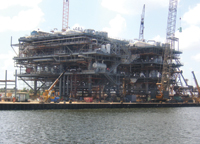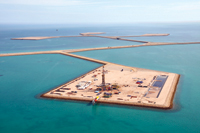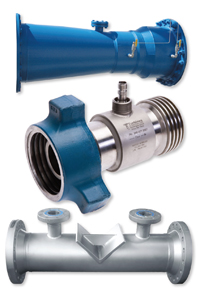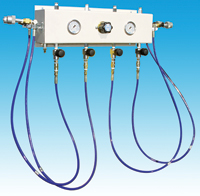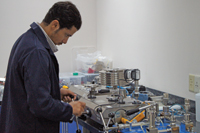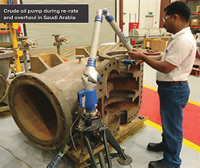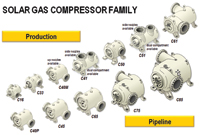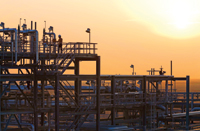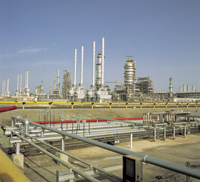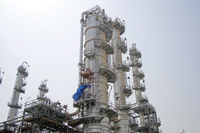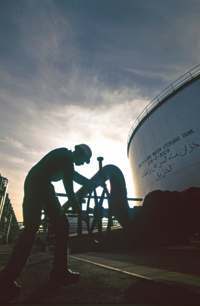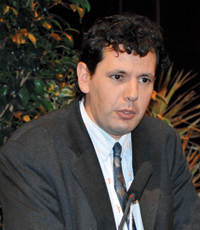
 Kelly ... promising a rewarding career
Kelly ... promising a rewarding career
SAFETY competence is required at all levels in every organisation conducting business in the oil and gas industry.
There are many ways of achieving this competence and sometimes training routes can be very complex.
Traditional training tended to focus on one jurisdiction such as the standards championed by OSHA in the US, however more recently less regional specific courses have been required to cope with the multinational dimension of the industry, hence courses have been developed where the focus is on best practice rather than national legislation, says David Kelly, managing director of Kellgan Ltd, a specialist in risk management, health and safety (H&S) training and consultancy in Middle East, North Africa and the UK.
Nevertheless, the subject matter and target audience has remained cloudy. The oil and gas industry has facilitated the development of various professions within the sector, all aiming to ensure the H&S of personnel directly or indirectly by preserving the facility itself, he says.
The list of loss prevention professions is quite varied and includes many specialisations in aspects as diverse as occupational health and atmospheric monitoring.
To satisfy industry requirements occupational health nurses/occupational physicians and occupational hygienists have become standard positions on offshore and onshore facilities.
Although occupational health nurses/occupational physicians are primarily from a medical background they would also be expected to have an understanding of occupational H&S and a related qualification in this discipline.
On the other hand, occupational hygienists or industrial hygienists are responsible for assessing the environment in which work is performed. Obviously the immediate working environment has a large impact on the health of the workforce and a lesser impact on their safety.
Occupational hygienists would generally not be expected to have a significant understanding of occupational H&S or a qualification in this discipline. Indeed occupational hygiene tends to be more scientific and have a closer relationship with physics than occupational H&S, he says.
Process safety specialists such as process safety engineers are generally required to have a thorough understanding of the process itself and do not need to get involved in occupational H&S.
The education requirements for an individual who wants to work in this sector is usually a university qualification in chemistry. Of course process safety is paramount and has an indirect yet very significant effect on the safety of the workforce by maintaining the integrity of the facility itself.
Although process safety does not focus on people, should irregularities occur, the consequences can be catastrophic resulting in rare but well documented disasters such as that of Texas BP in 2005.
So where does the humble occupational H&S professional fit into this myriad of professions? Occupational H&S is the glue that binds all the other professions together. Whereas many of the other professions can work in some degree of isolation, the occupational H&S professional is expected to work alongside all the other specialists to bring the various disciplines together.
Occupational H&S as the name suggests, is the only career that focuses on the workforce in its entirety and endeavours to protect its H&S while undertaking daily tasks.
Occupational H&S is a multidisciplinary career making it challenging and also frustrating as it’s a profession that doesn’t afford the opportunity for the development of specialist skills, often one of the reasons other professionals may not give the occupation the credit it deserves.
Yet occupational H&S remains a rewarding career that brings together the various expertises within the oil and gas industry allowing individual occupational H&S practitioners to have a wider understanding and influence in protecting both the H&S of the workforce.



















































































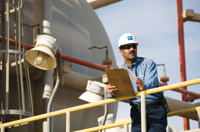
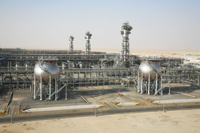



.jpg)

